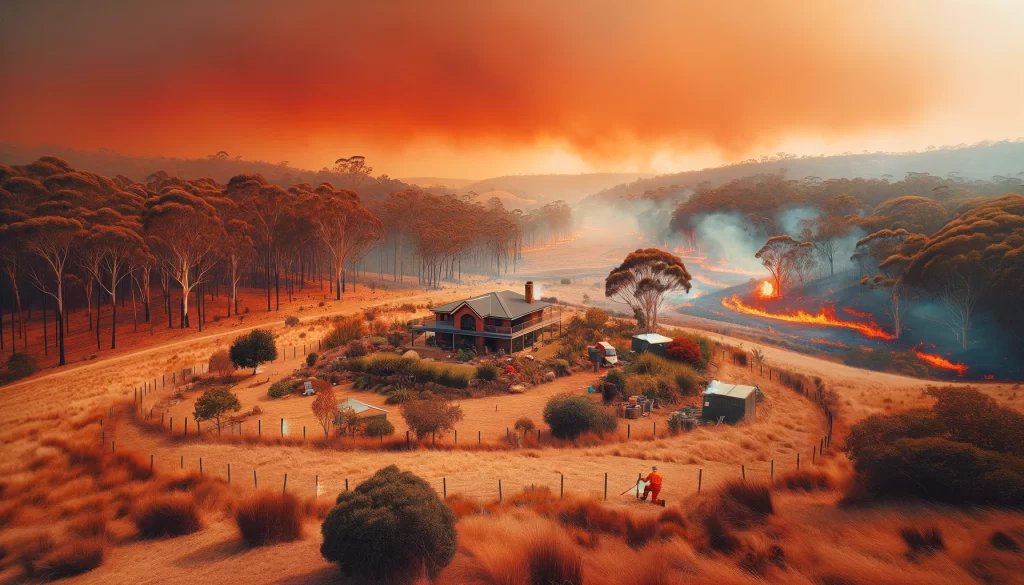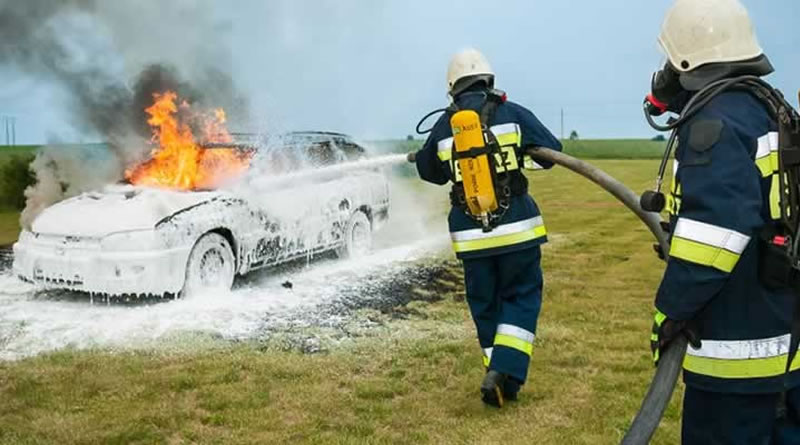Now Reading: Preparing for Fire Season and Grass Fires in Australia
- 01
Preparing for Fire Season and Grass Fires in Australia
Preparing for Fire Season and Grass Fires in Australia
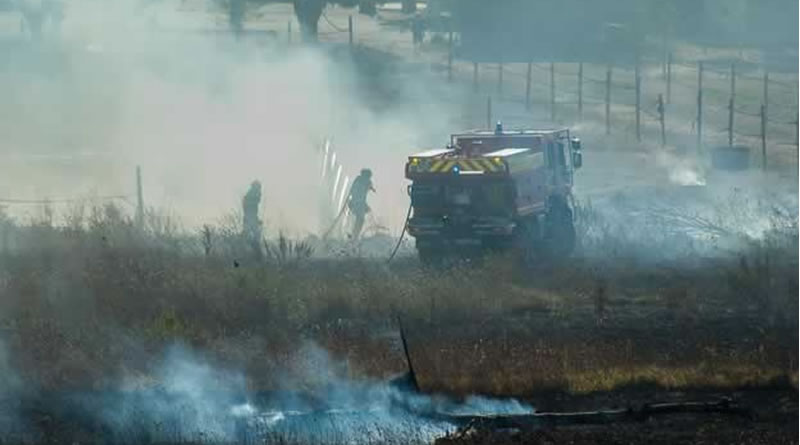
Firstly, grassland covers a large area of the Australian countryside. Therefore, preparing for fire season and grass fires in Australia are critical. Furthermore, these area’s range from large open areas used for grassing to pasture and cropping land. Every summer Australians have come to expect that some of the grasslands will burn. Subsequently, grass fire will potentially become a threat to life and property.
Thus, often fanned by strong winds and continuous fuel, grass fires pose a significant risk. In fact, when the conditions are right they often resulting in fast and out of control grass fires. Spreading rapidly and moving in the direction of the wind.
On the other hand, to be able to combat these fires requires firefighters to be trained and equipped. Furthermore, and to perform adequately as part of a disciplined crew. Generally, grass fires move rapidly which is problematic to have crews on foot. Accordingly, in Australia firefighters, operate mostly fire fighting tankers at grass fires. Holding large quantities of water and designed to fight the fire from the back tray. However, there are a number of designs used by fire agencies but some have become standard. I.e. heat shielding, some type of rollover protection and protection sprays to assist when things go wrong. Grass fire fighting is a high-risk activity and the potential for harm significant.
Preparing for fire season & responding to a grass fires
Firefighters who turn out to fires must be equipped and as such must wear the appropriate personal protective clothing (PPE). What is more, this PPE should be designed for a specific task. In all honesty, to wear gear designed for structural fire fighting would soon cause the firefighter to experience heat stress. So for grass fire special overalls or similar are generally used.
Consequently, as a guide wherever there is skin exposed to the elements it provides a pathway to injury. Therefore in addition to overalls or similar goggles, gloves, masks appropriate boots and the like must be worn.
 On arrival at the fire
On arrival at the fire
Anyhow, the first arriving crew leader (officer) ideally will establish a control point, to start to formalise command and control. Information is the key here and communicating with oncoming appliances and base control centres helps to facilitate the establishment of effective systems and processes.
After this, the crew officer or incident controller is then responsible to assess the developing fire and formulate an objective. Then, contact the control centre to provide a situation report.
With the onset of climate change a rapid assessment in critical to quick control. Thus, increasing or decreasing resources as required.
Grass fire attack methods
As well, how firefighters decide to attack the grass fire will depend on three critical factors. These are fuel, weather and topography. Where there are strong winds, high temperatures and low humidity, fuels will be dry and available to burn. With this in mind, as the firefighter progresses to firefighting operations each factor must be taken into account. Understanding each should result in better situational awareness and an understanding of what the fire is doing and how it may impact the firefight.
Types of tactics
The tactics used to fight the fire will depend on the fire rate of spread, flame heights and fire intensity. Coupled with, current and expected weather conditions and available firefighting resources. Some of these tactics include a direct attack, parallel attack or indirect attack.
Direct attack: this is where firefighting crews, normally mounted on a tanker, directly attack the fire edge using water. Normally performed by starting on the flanks and proceeding systematically to the head if the fire.
Parallel Attack: Generally, this means a control line is constructed a short distance from the fire edge. Generally, performed by earth moving machinery and creating a mineral earth break so when the fire reaches it there is nothing to burn and it goes out. As a matter of fact, there is always the possibility of the fire breaching or spotting over the control line so monitoring is essential.
Indirect attack: Established some distance from the fire edge to give crews and the incident controller time to brief and prepare crews for the operation. In short, then a control line is placed in an often used to start back burning.
Back burning is considered problematic due to the high risk of the fire jumping the control line ahead of the main front. Therefore, all back burning operations must be authorised by the incident controller.
 Anchor point construction
Anchor point construction
An anchor point can be defined as a point where a control line can start to be constructed. Its role is to minimise the possibility of crews being outflanked by the fire as the control line is being constructed. Even more, this is even more critical when fire fighting bushfires.
As a consequence, anchor points are often a road or track. Indeed, one of the positives relating to grass fire is the black & burnt area is an ideal refuge if something goes wrong. Even so, the black & burnt area can be still very hot. Ideally, the use of protection sprays should be operated to limit the possibility of the truck igniting.
The key takeaway from this is to have to escape routes. After this, know your anchor point as it may become a refuge when fire behaviour is too dangerous to fight. Further, when tankers start to run out of water and replacements are still on the way.
Key risk note:
It isn’t always possible to fight a grass fire safely. Hence, where crews are experiencing extreme fire behaviour it may be appropriate to go into asset protection mode. In this case, resources are allocated to life and property protection only. Buildings can also provide the fire fighting crew with protection until the fire from passing.
Fire Tanker operations at grass fires.
The key to effective firefighting at grass fire is resources working together. To start with, this becomes very significant if fire behaviour is severe. Therefore, one tanker working on its own will potentially have to keep turning around to put out areas that have re-ignited. Whereas, if tankers are working together and with the one at the rear, it can pick up small re-ignitions.
The main objective is nearly always to put the fire out. With this in mind, self and crew discipline is required to ensure that firefighting tankers are used very effectively. The grass fire may look quite big but having focus and working systematically from the anchor point will ensure more effective operations.
Safety of the firefighters
There are a number of issues that could be experienced here. Even so, firefighter safety is the priority. By working together and maintaining good situational awareness, rocks and other hazards will become obvious.
At times working on the ground away from tankers will be required. Incidentally, here trees are part of the landscape there is a real likelihood of falling branches and trees. Learn to recognize risk and tell a supervisor if there is a risk to health and safety.
 Preparing for fire season in terms of Aircraft operating at grass fires
Preparing for fire season in terms of Aircraft operating at grass fires
The fire services are using aircraft to fight fires more and more regularly. It is essential that firefighters are aware of operating near aircraft. When water or retardant is dropped there must not be any tankers or other vehicles in the path of the drop.
So aircraft pilots will contact you if there you are in a drop zone. As such, it is important to monitor the radio and know your vehicle ariel ID. If a pilot calls you it will be essential that you follow the instructions. Again, discipline on the fire-ground is essential to bringing the fire to a rapid conclusion.
In conclusion
firefighter safety takes priority over all other activities. Following established systems and processes is the only way the impact of a fast-moving grass fire will be limited. Poor situational awareness and personal self-discipline can only jeopardize safety. Preparing for fire season and Grass Fires in Australia is becoming even more critical. So stay safe and good luck.
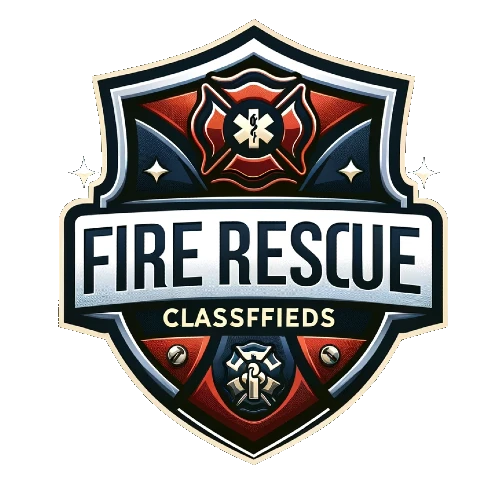
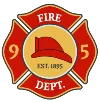
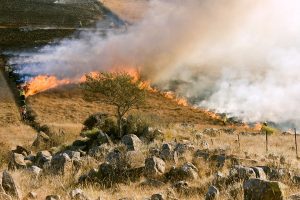



 On arrival at the fire
On arrival at the fire Anchor point construction
Anchor point construction Preparing for fire season in terms of Aircraft operating at grass fires
Preparing for fire season in terms of Aircraft operating at grass fires











